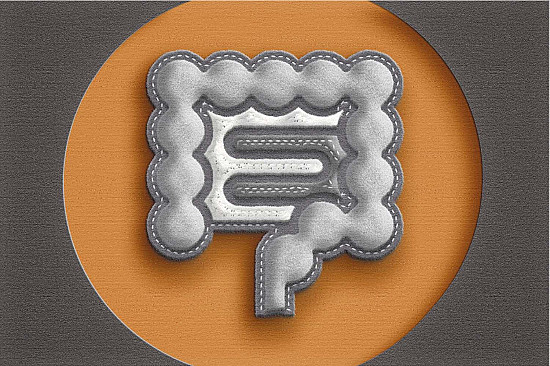The bladder workout: Tame incontinence without surgery

Living with an overactive bladder can be frustrating. The sudden, intense urge to urinate — even when your bladder isn't full — can disrupt your day and, in some cases, lead to embarrassing accidents. This condition, known as urge incontinence, can take a toll on your confidence and quality of life.
The good news is that you don't have to simply live with it. Bladder training is a proven treatment approach that helps reduce symptoms of urinary incontinence. The technique involves learning to urinate on a schedule (called timed voiding) and doing pelvic muscle exercises.
Here's a step-by-step bladder-training technique:
- Keep a diary. For a day or two, keep track of the times you urinate or leak urine during the day.
- Calculate. On average, how many hours do you wait between visits to the bathroom during the day?
- Choose an interval. Based on your typical interval between needing to urinate, set your starting interval for training so that it's 15 minutes longer. So if you usually make it for one hour before you need to use the bathroom, make your starting interval one hour and 15 minutes.
- Hold back. On the day you start your training, empty your bladder first thing in the morning and don't go again until you reach your target time interval. If the time arrives before you feel the urge, go anyway. If the urge hits first, remind yourself that your bladder isn't really full, and use whatever techniques you can to delay going. Try pelvic floor exercises (also called Kegels) or simply try to wait another five minutes before walking slowly to the bathroom.
- Increase your interval. Once you are successful with your initial interval, increase it by another 15 minutes. Over several weeks or months, you may find you are able to wait much longer and that you feel the urge less often. After four to eight weeks, if you think you have found some improvement to your incontinence, do another diary. Compare your initial diary to your second diary to note the improvements in your intervals and the amount of urine you void. The act of reviewing and comparing actually helps reinforce the bladder training process.
For more on treating bladder and bowel incontinence, read Better Bladder and Bowel Control, a Special Health Report from Harvard Medical School.
Image: © moodboard/Getty Images
Disclaimer:
As a service to our readers, Harvard Health Publishing provides access to our library of archived content. Please note the date of last review or update on all articles.
No content on this site, regardless of date, should ever be used as a substitute for direct medical advice from your doctor or other qualified clinician.















